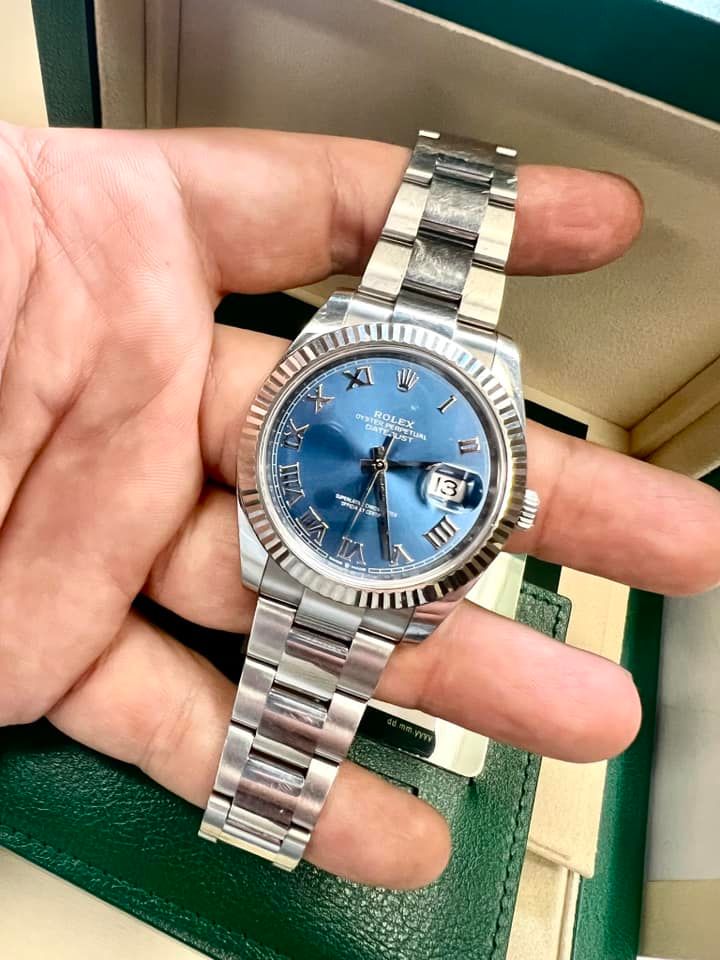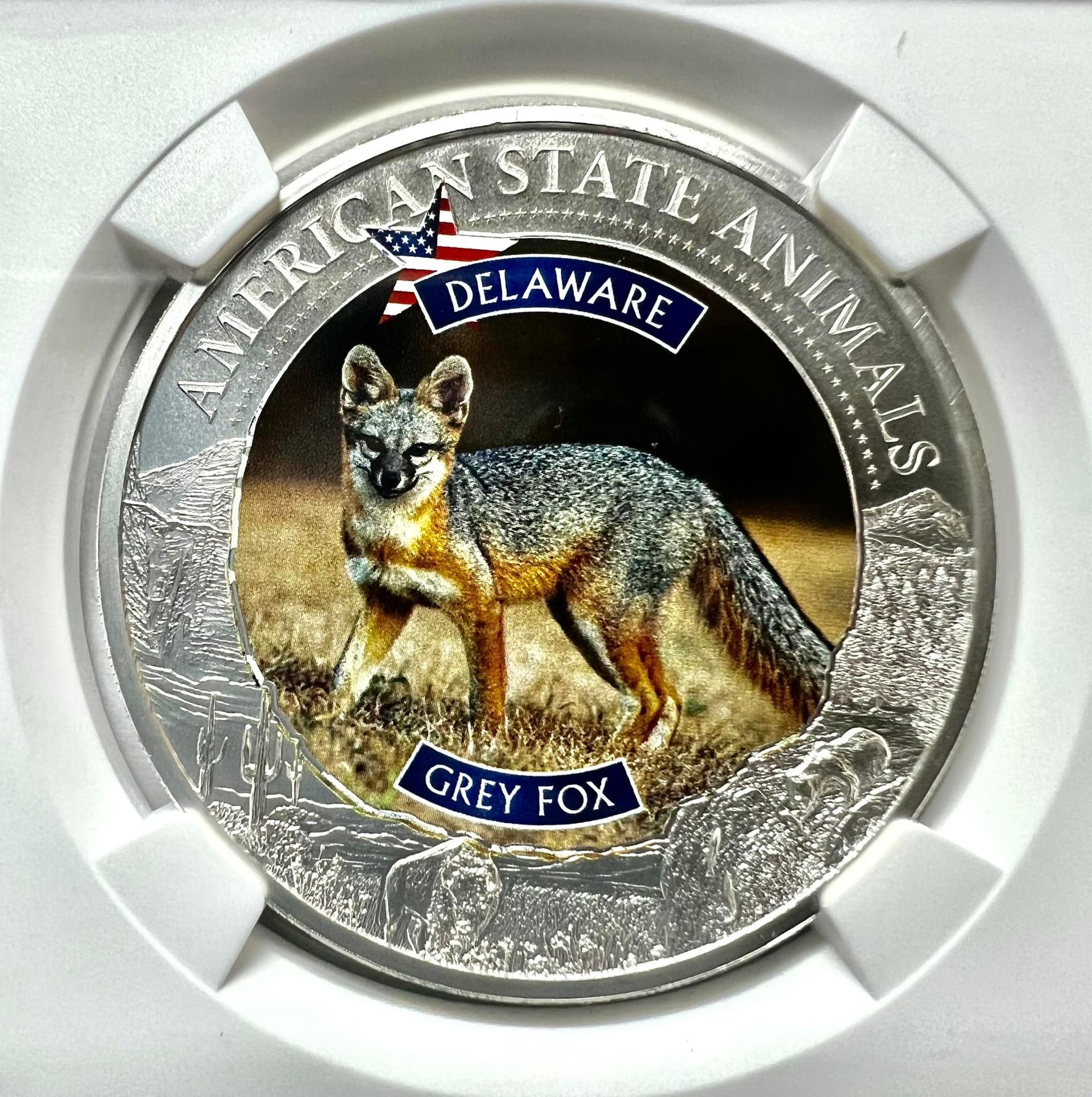How to Turn Inherited Jewelry Into a Meaningful Investment

Table of Contents
- Understanding the Emotional and Financial Value of Inherited Jewelry
- Evaluating and Appraising Your Pieces for Jewelry Investment
- Timing the Market for Maximum Returns
- Repurposing Family Jewelry Without Losing Sentimental Value
- Smart Resale Strategies for Long-Term Gains
- Preserving Your Pieces for Future Generations
- Final Thoughts and Next Steps
Key Takeaways
- Inherited jewelry can hold both deep sentimental and significant financial value.
- A professional appraisal is essential to start any jewelry investment journey.
- Market timing plays a crucial role in maximizing returns.
- Repurposing family jewelry allows you to honor history while updating style.
- Selling with the right strategy can preserve legacy and build wealth.
Preserving Legacy While Building Wealth with Inherited Jewelry
When a loved one leaves you a piece of inherited jewelry, it’s more than just a shiny object — it’s a fragment of family history, a symbol of moments, and sometimes, a bridge between generations. But beyond its emotional weight, it can also be a practical path toward a smart jewelry investment.
Transforming these sentimental pieces into valuable assets isn’t about “letting go” of their history — it’s about ensuring their value, both emotional and financial, continues to grow. In this guide, we’ll walk you through how to preserve meaning while making financially sound choices, from appraisals and market timing to repurposing family jewelry and strategic resale.
1. Understanding the Emotional and Financial Value of Inherited Jewelry
Before making any decision, you need to recognize the dual nature of inherited jewelry. Its worth isn’t only measured in dollars — it’s also in the stories it carries.
- Emotional value: The ring your grandmother wore daily or the pendant your father gifted your mother has a sentimental narrative.
- Financial value: Some heirlooms are made from rare materials, designed by famous jewelers, or have historically appreciated in value.
If you also have other inherited assets like coins, you may be able to apply similar principles from turning a coin collection into a home down payment to unlock financial potential while preserving history.
A successful jewelry investment strategy considers both aspects, balancing personal attachment with financial opportunity.
2. Evaluating and Appraising Your Pieces for Jewelry Investment
The first practical step in turning inherited jewelry into a meaningful asset is a professional appraisal. This involves:
- Identifying materials and stones: Precious metals, diamonds, gemstones, and unique settings can significantly affect value.
- Assessing craftsmanship: Intricate handmade designs often hold higher value.
- Authenticating designer pieces: If your item is from a recognized brand like Cartier, Tiffany, or Van Cleef & Arpels, it may have substantial resale value.
You can take cues from the process of selling your diamond at a diamond exchange for the best price, where understanding quality, certification, and market trends is critical.
A certified appraisal ensures you have accurate information before making investment or resale decisions. It also protects you if you choose to insure your piece.
Pro tip: Seek out a jeweler who specializes in estate and inherited jewelry to avoid undervaluation.
Understanding the Market Before Gold Selling
The gold investment market has its ups and downs. Timing matters—especially if you want the highest possible return.
How to Know When It’s a Good Time to Sell:
- High Spot Price: Gold prices have recently been strong, making now an appealing time for
gold selling.
- Economic Trends: When inflation rises or the dollar weakens, gold tends to gain value.
- No Emotional Ties: If you're holding gold purely as an investment, you're in a better position to sell strategically.
Tip: Follow reliable sources or consult a local expert like Acadiana Gold Exchange to stay up-to-date on market trends.
3. Timing the Market for Maximum Returns
Like any investment, timing matters. Precious metals and gemstones fluctuate in value based on economic trends, global demand, and rarity.
- Gold and silver prices: Monitor market reports — selling when prices are high can yield greater returns.
- Gemstone trends: Colored stones like sapphires or emeralds may rise in popularity, impacting value.
- Collector demand: Certain vintage or antique designs can become highly sought after during fashion revivals.
The same principle applies when determining how to sell your watch for the best price — knowing the market and striking at the right moment is key.
Patience can often transform a modest piece into a more profitable jewelry investment.
4. Repurposing Family Jewelry Without Losing Sentimental Value
Sometimes the most meaningful way to keep an heirloom’s story alive is to reimagine it for modern wear. Repurposing family jewelry can be as simple or as transformative as you’d like:
- Resetting gemstones: Turn a vintage brooch into a pendant or ring.
- Combining pieces: Merge multiple smaller heirlooms into one new, wearable design.
- Updating settings: Replace worn prongs, switch from yellow to white gold, or add contemporary detailing.
This approach allows you to enjoy the piece daily while still preserving its heritage — and often increases its market appeal if you choose to sell in the future.
5. Smart Resale Strategies for Long-Term Gains
If you decide that selling your inherited jewelry aligns with your goals, doing it right can make a significant difference:
- Sell to reputable buyers: Work with jewelers or exchanges known for fair pricing.
- Leverage auctions for rare items: High-end auction houses can connect you with serious collectors.
- Use consignment: This can fetch higher prices, though it takes more time.
To ensure you’re getting the best offer and protecting your heirloom’s value, you can contact Acadiana Gold Exchange directly for expert advice and fair, market-driven evaluations.
Remember, your jewelry investment strategy should weigh not just immediate profit, but also the preservation of your family’s legacy.
6. Preserving Your Pieces for Future Generations
Not all inherited jewelry needs to be sold or repurposed immediately. Some of the most valuable jewelry investments are those kept within the family for decades.
Tips for preservation:
- Proper storage: Use anti-tarnish boxes and keep away from humidity.
- Regular cleaning: Avoid harsh chemicals that can damage gemstones or metals.
- Insurance coverage: Protect against theft, loss, or damage with an updated policy.
By caring for these treasures now, you may be giving your children or grandchildren not just a beautiful heirloom, but a solid financial asset.
7. Final Thoughts and Next Steps
Turning inherited jewelry into a meaningful jewelry investment is about more than dollars and cents — it’s about honoring history while making smart financial choices. Whether you choose to keep, sell, or engage in repurposing family jewelry, the key is to act with both knowledge and intention.
If you’re ready to explore your options, get a professional appraisal, or learn more about maximizing the value of your heirlooms, reach out today through our website, or call us at 337-534-0039. You can also use our on-site contact forms or email us directly at naaserus@yahoo.com. Our experts are here to guide you through every step, ensuring your treasures continue to shine — both in sentiment and in value.
Frequently Asked Questions
1. How can I start a jewelry investment with pieces I already own?
You can start a jewelry investment by getting your current pieces professionally appraised to understand their true value. This helps you decide whether to hold, sell, or upgrade them. Valuable metals, gemstones, and branded designer items often have strong investment potential, especially if market conditions are favorable.
2. What makes inherited jewelry a good financial asset?
Inherited jewelry is often crafted from high-quality materials and may carry historical or designer significance, making it more likely to appreciate in value over time. When properly cared for and insured, these heirlooms can serve as both sentimental treasures and profitable long-term investments.
3. Is repurposing family jewelry a good idea for preserving value?
Yes, repurposing family jewelry can be a smart way to preserve value while making the piece more wearable and relevant to your style. By resetting stones or updating the design, you keep the sentimental history intact while potentially increasing its appeal and resale value.
4. How do I know when to sell my inherited jewelry for the best return?
Timing the sale of inherited jewelry depends on factors like precious metal prices, gemstone demand, and market trends. Monitoring these conditions and consulting with an experienced jeweler can help you maximize profit while still respecting the piece’s heritage.
5. Can jewelry investment be passed down to the next generation?
Absolutely. A well-maintained jewelry investment can grow in financial and sentimental value, making it an excellent legacy to pass down. Proper storage, regular professional cleaning, and updated insurance coverage ensure it remains a cherished and valuable asset for years to come.



